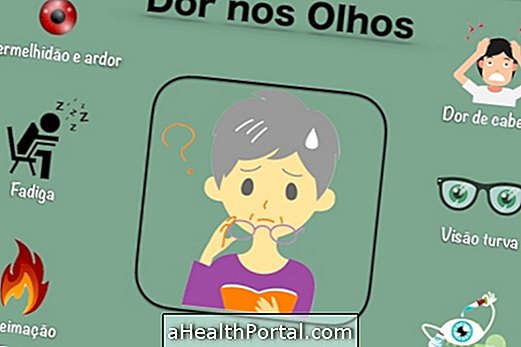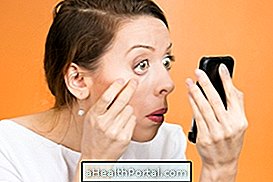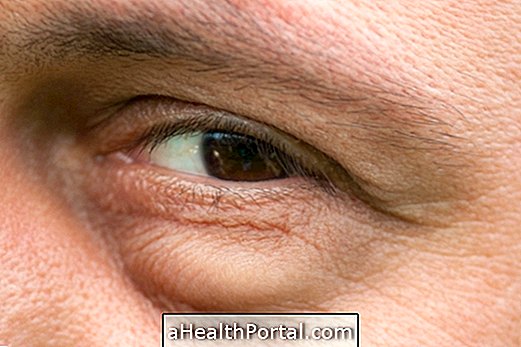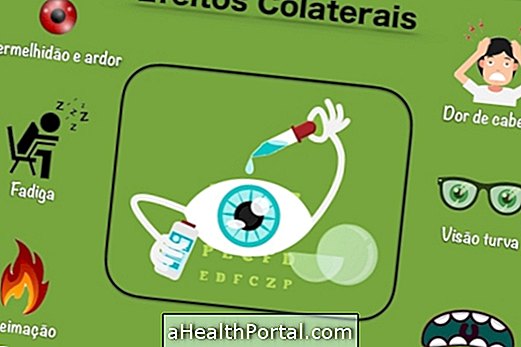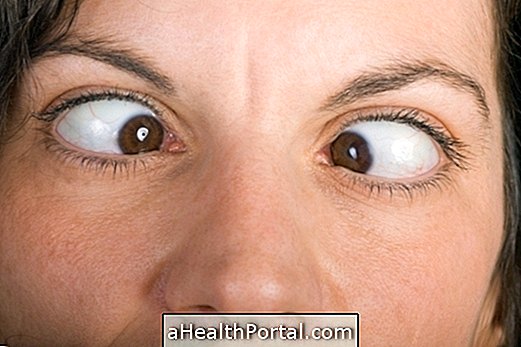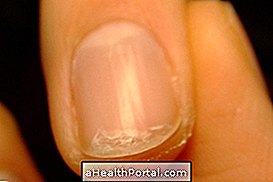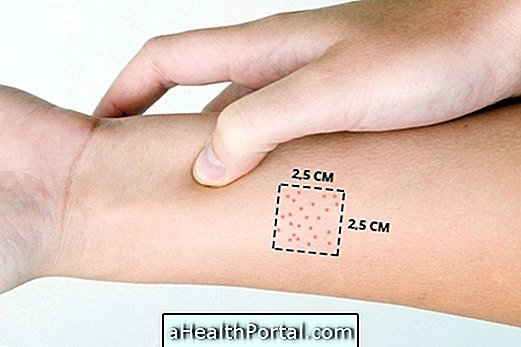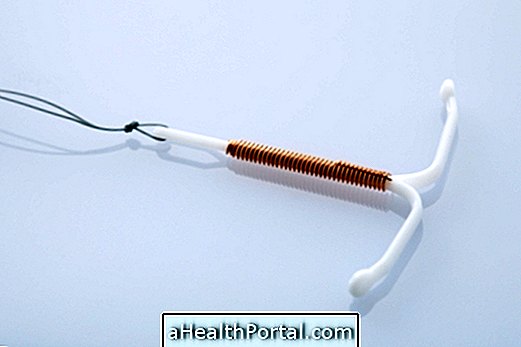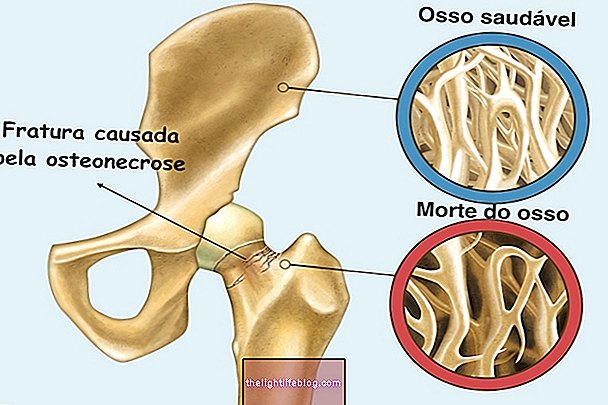Astigmatism is a problem in the eyes that makes you see very blurred objects, causing headaches and eye fatigue, especially when it is associated with other vision problems such as myopia.
Generally, astigmatism arises from birth, due to a deformation of the curvature of the cornea, which is round and not oval, causing the rays of light to focus on several places on the retina instead of focusing on just one, making the less sharp image, as shown in the images.
Astigmatism is curable through eye surgery that can be done after the age of 21 and that usually causes the patient to stop wearing glasses or contact lenses to be able to see correctly.

Corneal shape in normal vision

Corneal shape in astigmatism
A small deformation in the cornea is very common in the eyes, especially as you get older. Therefore, it is common to identify that you have astigmatism after a routine vision exam. However, most cases have only a small degree, which does not alter the vision and, therefore, does not require treatment.
How to know if it is astigmatism
The most common astigmatism symptoms include:
- See the edges of an object unfocused;
- Confuse similar symbols like the letters H, M, N or the numbers 8 and 0;
- Not being able to see straight lines correctly.
So, when you have any of these symptoms it is advisable to go to the ophthalmologist to do the vision test, diagnose astigmatism and start treatment, if necessary.
Other symptoms, such as tired eyes or headache, can arise when the patient suffers from astigmatism and another vision problem, such as hyperopia or myopia, for example.
Astigmatism test to do at home
The home test for astigmatism consists of looking at the image below with one eye closed and the other open, then switching to identify whether astigmatism is present in only one eye or both.
Since the difficulty of vision in astigmatism can occur from near or far, it is important that the test is done at various distances, up to a maximum of 6 meters, to identify from what distance the astigmatism affects the vision.

In case of astigmatism, the patient will be able to observe changes in the image, such as lighter lines than others or crooked lines, while a person with normal vision should see all lines of the same size, with the same color and the same distance.
How the treatment is done
Treatment for astigmatism should always be recommended by an ophthalmologist, as it is necessary to identify the correct degree of astigmatism to know which are the best glasses or contact lenses.
In addition, as it is very common for astigmatism to be diagnosed together with myopia or hyperopia, it may be necessary to use glasses and lenses adapted for both problems.
For a definitive treatment, the best option is eye surgery, such as Lasik, which uses a laser to modify the shape of the cornea and improve vision. Learn more about this type of surgery and its results.
When to see a doctor
It is recommended to consult the ophthalmologist when you notice changes in the image when doing the home test for astigmatism, if you see blurred objects or if you feel headaches for no apparent reason.
During the consultation it is important to inform the doctor if:
- There are other symptoms, such as headaches or tired eyes;
- There are cases of astigmatism or other eye diseases in the family;
- Some family member wears glasses or contact lenses;
- He suffered some trauma to the eyes, such as blows;
- You suffer from some systemic illness like diabetes or high blood pressure.
In addition, it is recommended that patients with diabetes or other eye problems, such as myopia, farsightedness or glaucoma, make an appointment with the ophthalmologist each year.
Was this information helpful?
Yes No
Your opinion is important! Write here how we can improve our text:
Any questions? Click here to be answered.
Email in which you want to receive a reply:
Check the confirmation email we sent you.
Your name:
Reason for visit:
--- Choose your reason --- DiseaseLive betterHelp another personGain knowledge
Are you a health professional?
NoMedicalPharmaceuticalsNurseNutritionistBiomedicalPhysiotherapistBeauticianOther
